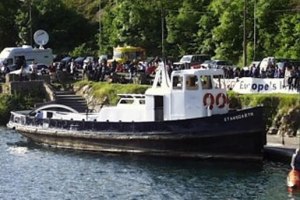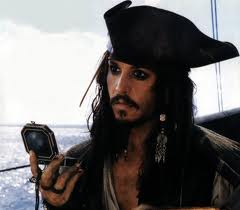First dive – HMS Gambra depth 24 m, bottom 28 m Second dive drift – bottom 24 m
Guy Steve B Bob First dive UK L wreck

About the wreck
This P&O Liner, built in 1888, was on her way from London to Bombay in 1912 when she collided with Pisagua, a 2850-ton German four-masted steel barque.
She was carrying general cargo plus a fortune of gold and silver ingots, 40 passengers and 210 crew. Most of the ingots were recovered by a diving salvage operation, although one was found in 1996, as sand/gravel moves and uncovers/covers various sections.
The boilers stand about 6m above tangled wreckage. The wreck can be dived only at slack water (about 30 minutes) due to the strong tides, which mean there is usually good visibility.

SCUBA Equipment stacked to the roof of the car, Nekton’s Expeditions Officer / Unofficial Wreck Wrangler Guy, club Training Officer Jackie ( The Boss ); Nekton’s Official Diving Officer Greg, Sports Diver trainees Richard, and Myself set off from London at dawn, on our journey to Stoney Cove in Leciester.
Over the three days trip, Group One had six SCUBA dives planned, and intended to cover the following techniques essential for the BSAC Sports Diver qualification – these techniques were:
Buddies: Trainee Elliott & Instructor Greg

Greg and I began our first dive by gently fining along the surface to Stanegarth shipwreck buoy. Upon arrival, Greg and I took a compass bearing in the direction of the sunken Wessex helicopter.
After we [ Greg ] caught his breath… we descended twenty meters down the Stanegarth shot, hitting the Stanegarth roof at just over 18meters, with water temperature at 9°C which according to the veterans wasn’t too cold for this time of year.

My Buddy and I circled the perimeter of the wreck, and then moved on to navigate underwater from the shipwrecked Stanegarth to the sunken Wessex Helicopter using the compass bearing we took on the surface.
Note-to-self: Do not to take compass readings when surrounded by large metal-magnetic objects. It leads to your compass behaving a little like Captain Jacks – without finding what you want most!
After a “little” navigation assistance from Greg we finally arrived at the Wessex Helicopter.

The dive was brought an end by sending up a delayed-Surface-Marker-Buoy, followed by a controlled accent to five meters where we simulated two decompression-stops.The first decompression stop was for three minutes at five meters and the second was for one minute and three meters – The latter of which, I floated to the surface by my dry-suits inflated ankles.